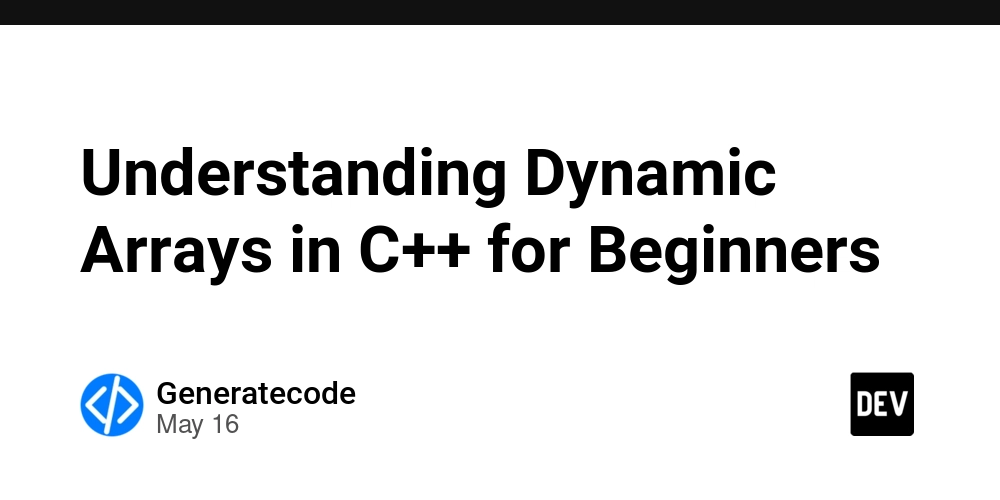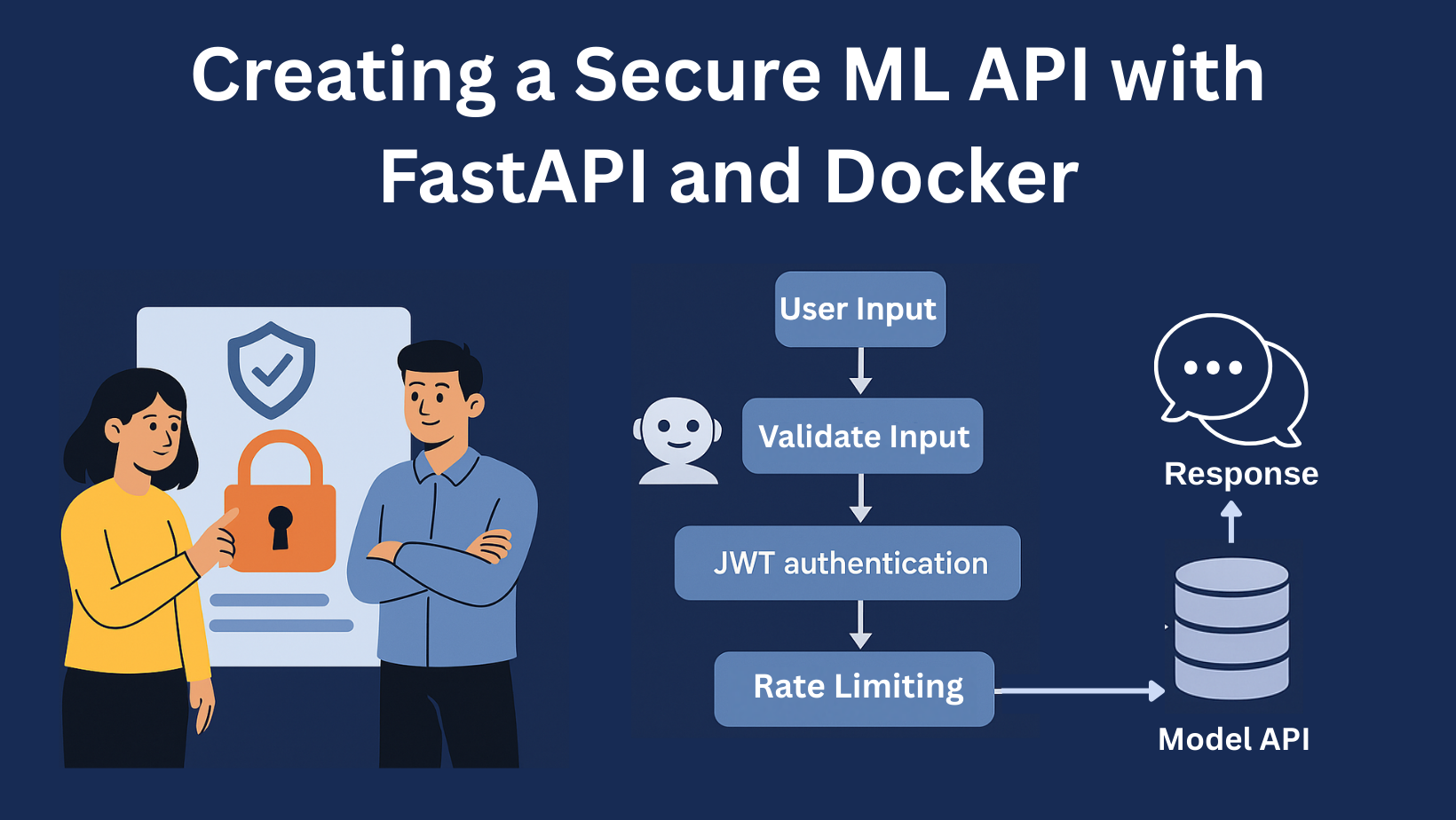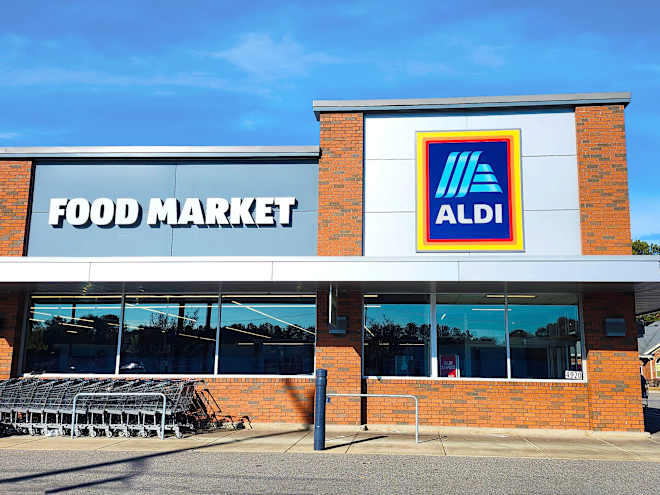MVP: The Smartest First Step in Custom Software Development
I’m in Biz Dev with a firm (Alexandra Tech Lab) that performs budget-friendly custom software development. In today’s fast-moving digital landscape, speed and validation matter more than ever. Whether you're building a new SaaS platform, a mobile app, or an internal tool, the most strategic starting point isn’t building everything — it’s building the right something first. That’s where the Minimum Viable Product (MVP) comes in. What Is an MVP? An MVP is a version of your product with just enough features to be usable by early customers, who can then provide feedback for future development. It's not a prototype — it's functional software designed to test assumptions and gather real-world data. Think of it as the “learn fast” model: Build. Launch. Learn. Improve. Why MVPs Matter in Custom Software Development Faster Time to Market You get something into users' hands quickly. This is critical if you're in a competitive space or testing a new market. Reduced Risk Instead of investing months (and thousands of dollars) into a full solution, you minimize wasted effort by validating your idea early. User-Centric Development Early feedback helps you focus on building what users actually need — not what you think they want. Budget Control MVPs help prioritize spending. You can allocate resources based on real user adoption and interest, not just assumptions. Pivot Potential MVPs create a safe space to pivot. If your core assumption doesn't hold up, you haven't burned through your entire budget. What an MVP Is Not • It’s not a throwaway. MVPs should be stable, scalable enough to support early users, and built with a long-term vision in mind. • It’s not incomplete — it’s intentional. Each feature serves a purpose toward learning and validation. How to Define Your MVP Identify the Core Problem What’s the main pain point you're solving? Map User Journeys What’s the minimum a user needs to accomplish their goal? Prioritize Ruthlessly What features are essential? Cut the rest — for now. Build for Feedback Your MVP should encourage user interaction and insight gathering, not just usage. Measure Everything Define key metrics: engagement, retention, feature usage, conversion. These will guide your next steps. Building custom software without an MVP is like constructing a house without a blueprint — risky, expensive, and often misaligned with what people really need. Whether you're a startup founder or a product leader inside an enterprise, starting with an MVP isn't just smart — it's essential. Have you launched an MVP before? What lessons did you learn? Let’s share insights and elevate how we build software — one smart launch at a time.

I’m in Biz Dev with a firm (Alexandra Tech Lab) that performs budget-friendly custom software development. In today’s fast-moving digital landscape, speed and validation matter more than ever. Whether you're building a new SaaS platform, a mobile app, or an internal tool, the most strategic starting point isn’t building everything — it’s building the right something first. That’s where the Minimum Viable Product (MVP) comes in.
What Is an MVP?
An MVP is a version of your product with just enough features to be usable by early customers, who can then provide feedback for future development. It's not a prototype — it's functional software designed to test assumptions and gather real-world data.
Think of it as the “learn fast” model: Build. Launch. Learn. Improve.
Why MVPs Matter in Custom Software Development
- Faster Time to Market You get something into users' hands quickly. This is critical if you're in a competitive space or testing a new market.
- Reduced Risk Instead of investing months (and thousands of dollars) into a full solution, you minimize wasted effort by validating your idea early.
- User-Centric Development Early feedback helps you focus on building what users actually need — not what you think they want.
- Budget Control MVPs help prioritize spending. You can allocate resources based on real user adoption and interest, not just assumptions.
- Pivot Potential MVPs create a safe space to pivot. If your core assumption doesn't hold up, you haven't burned through your entire budget. What an MVP Is Not • It’s not a throwaway. MVPs should be stable, scalable enough to support early users, and built with a long-term vision in mind. • It’s not incomplete — it’s intentional. Each feature serves a purpose toward learning and validation.
How to Define Your MVP
- Identify the Core Problem What’s the main pain point you're solving?
- Map User Journeys What’s the minimum a user needs to accomplish their goal?
- Prioritize Ruthlessly What features are essential? Cut the rest — for now.
- Build for Feedback Your MVP should encourage user interaction and insight gathering, not just usage.
- Measure Everything Define key metrics: engagement, retention, feature usage, conversion. These will guide your next steps.
Building custom software without an MVP is like constructing a house without a blueprint — risky, expensive, and often misaligned with what people really need. Whether you're a startup founder or a product leader inside an enterprise, starting with an MVP isn't just smart — it's essential.
Have you launched an MVP before? What lessons did you learn? Let’s share insights and elevate how we build software — one smart launch at a time.














-Olekcii_Mach_Alamy.jpg?width=1280&auto=webp&quality=80&disable=upscale#)


















































